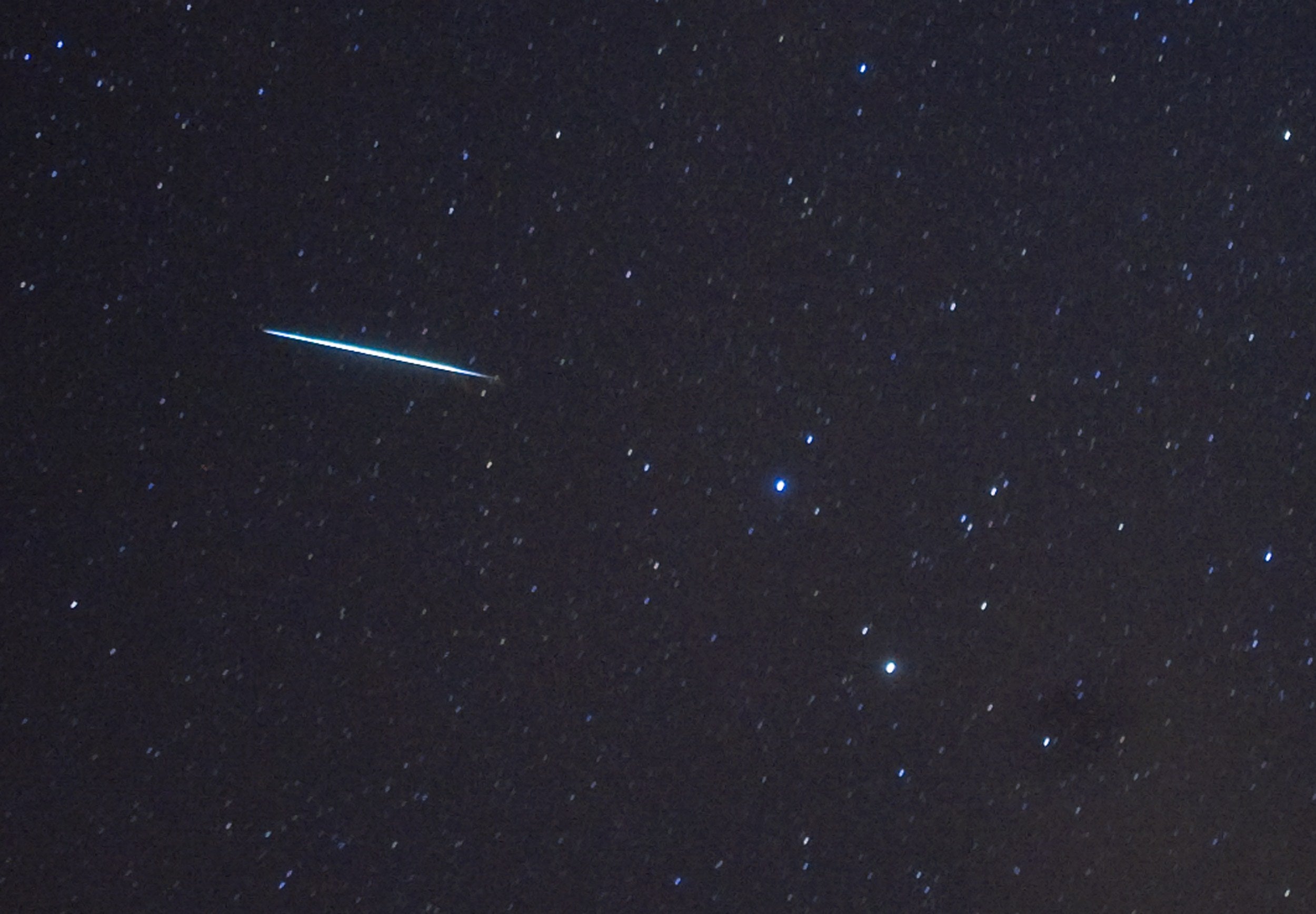Geminids meteor shower 2015: How to spot the amazing annual shower from the UK
In clear skies, stargazers will be able to see up to 100 meteors an hour

The annual Geminids meteor shower has well and truly arrived in the UK, with the impressive spectacle reaching its peak on Sunday night and into Monday morning.
The Geminds come from the huge 3200 Phaethon asteroid. As it flies through space, Phaethon leaves behind a trail of debris.
Every year, as Earth and Phaethon's orbits coincide, our planet passes through this debris, which burns up as it enters the atmosphere. These flashes of light from the burning pieces of debris, some of which are as small as a grain of sand, are what we see during the Geminids shower.
As you see the Geminids in the sky, they appear to come from the constellation Gemini, which is where they get their name.
The shower is best seen from the Northern Hemisphere, and is easily visible from the UK even with the naked eye. However, cloudy skies will obviously obscure the shower, so check the forecast before going looking for them.
During the shower's peak, stargazers will be able to see upwards of 100 meteors an hour in the eastern sky.
Photographers keen to capture a picture of the meteors should use a tripod, the widest angle lens possible, and an exposure time of 20 to 35 seconds to get the best results.
Shooting with an ISO setting of 1600 or higher and a white balance between 3400K and 4000K will also give you the best chance of photographing the meteors.
They can be fairly faint, so they're best viewed in places far away from light pollution.
Lights from streetlights, buildings and cars in built-up cities and towns can obscure the night sky, but heading to a park or another area fairly far from artifical light will be the best place to spot them.
Obviously, the shower is best seen from rural areas away from major settlements. Committed meteor-spotters could also pay a visit to one of the UK's 'Dark Sky Reserves', which are protected from light pollution, in the Snowdonia, Exmoor and Brecon Beacons national parks.
Fortunately (or unfortunately), there's no chance of coming across one of these fallen meteors on the Earth's surface - by the time they've come within 24 miles of the ground, all the meteors burn up.
The Geminids peak on Monday morning, but you'll be able to spot less intense showers throughout the week.
Join our commenting forum
Join thought-provoking conversations, follow other Independent readers and see their replies
Comments
Bookmark popover
Removed from bookmarks